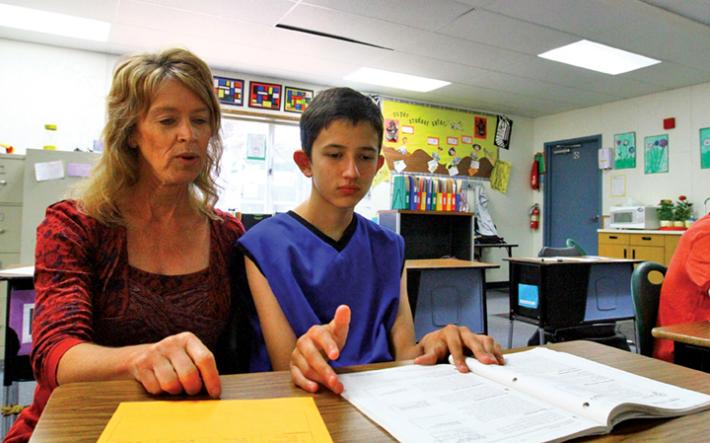There is no single way to teach children with autism. But regardless of the methods a school may choose, it is no mystery what helps these children thrive in the classroom. Calm, not chaos. Lessons tailored to the individual’s needs, and opportunities to work on language development. Unfortunately, programs that include all of these elements are rare.
While these efforts are beneficial to the development of children with autism, John McLaughlin, the Director of research and analytics at ChanceLight Behavioral Health, Therapy and Education Solutions, is shocked by the rarity of established programs that include the aforementioned elements for children.
According to McLaughlin, U.S. federal law states the requirement of public schools to educate children from all backgrounds, regardless of their physical or intellectual capabilities. Unfortunately, the law isn’t quite specific as far as what schools must precisely provide, which means school districts might not go far enough to provide adequate resources or opportunities for children who are not neurotypical.
Under the Individuals with Disabilities Education Act, it is required by law, that schools help to identify children with disabilities as early as preschool, in order to accommodate their trajectory of learning through any necessary behavioral and physical therapy.
The biggest hurdle to clear for many school districts is money. According to McLaughlin, in his Spectrumnews.org article, Why model autism programs are rare in public schools, the education of a child diagnosed with severe autism can end up costing as much as twenty times that of a neurotypical student’s education. In March of 2017, one Supreme Court decision proved to be a step in the right direction with the case of Endrew F. v. Douglas County School District, which concluded unanimously that a school district must provide every child sufficient means and opportunities for growth and development.
More than anything, the ruling was a pronouncement of where schools’ priorities lie concerning the education of children with behavioral and developmental disorders. There is no one method in teaching any child. But offering hope and the means to see meaningful progress be made is a responsibility school districts should be proud to bear, leading to a possible future filled with outstanding public school programs for those with disabilities throughout the nation.
Visit Spectrumnews.org toread John McLaughlin’s original article.
